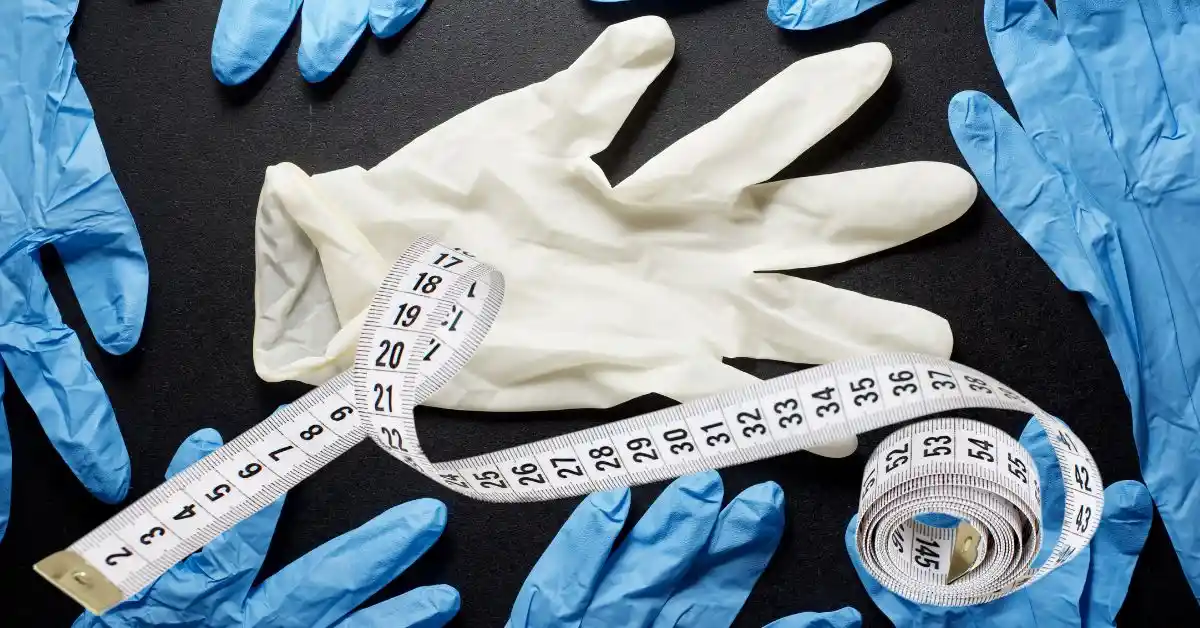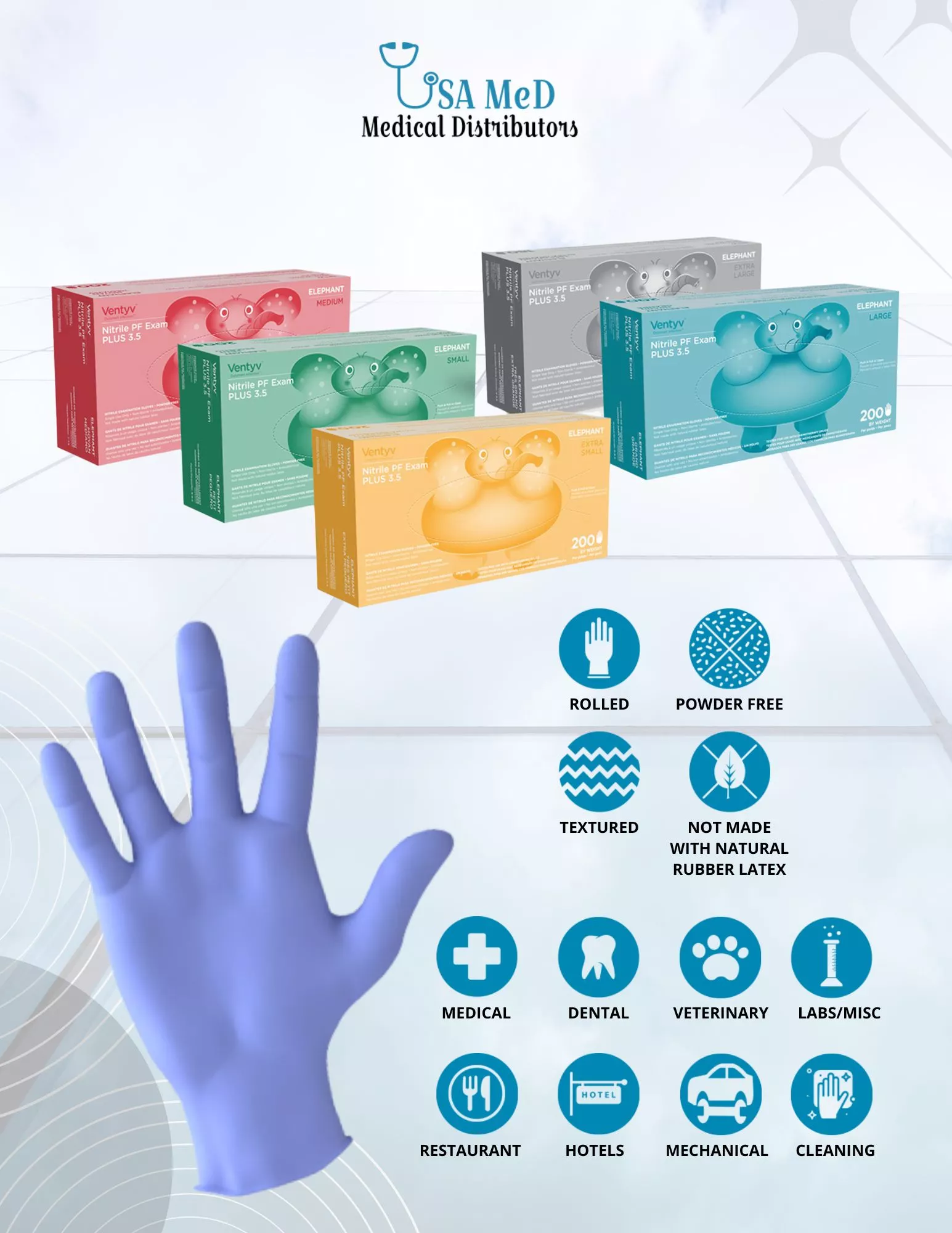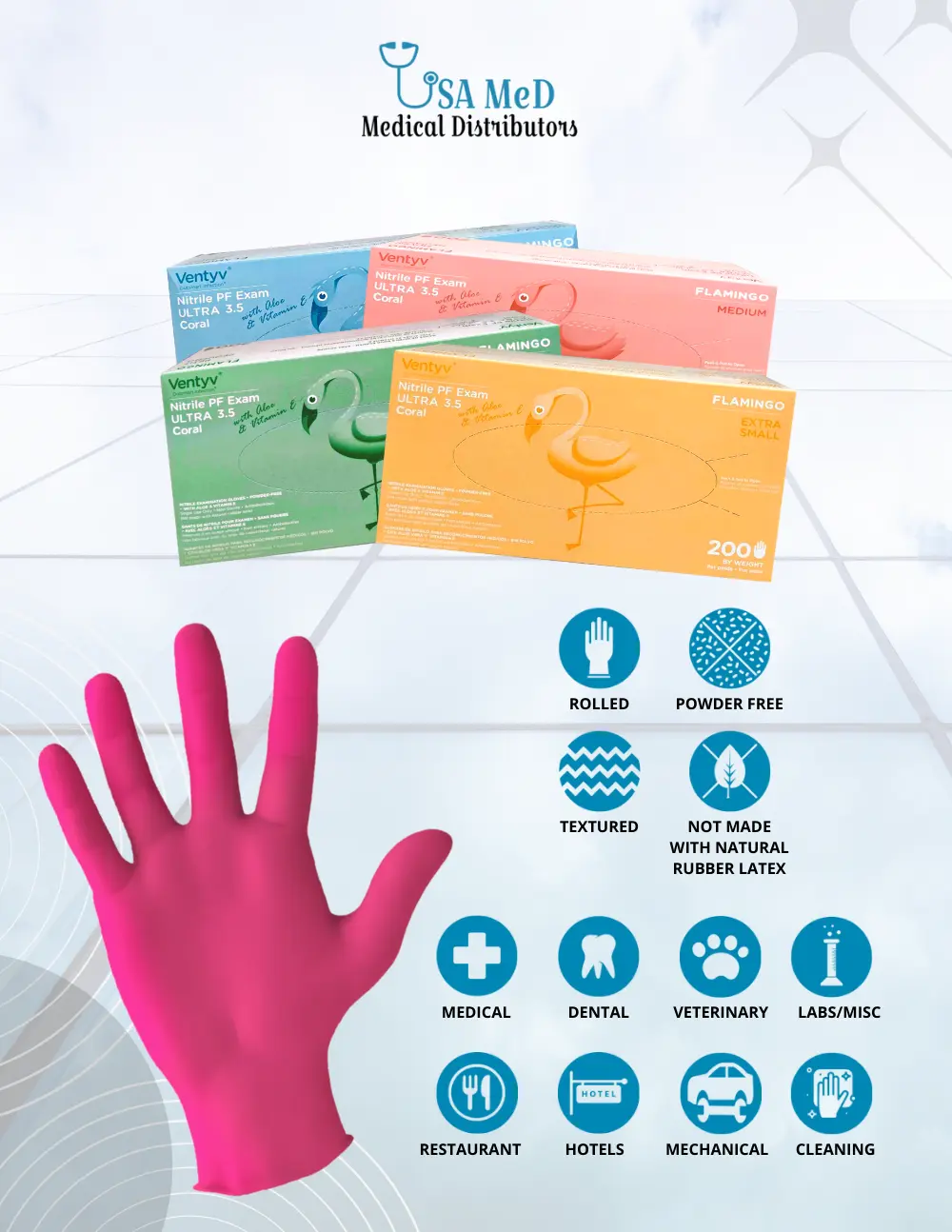
Can You Use Latex Gloves to Dye Hair?
The Importance of Gloves in Hair Dyeing When it comes to hair dyeing, the importance of wearing gloves cannot be overstated. Many people wonder, “Can


When it comes to finding the perfect pair of gloves, understanding glove sizes is crucial. You might be wondering, “What size of gloves do I need?” The answer lies in accurately measuring your hand and consulting a glove sizing chart.
To begin, grab a flexible measuring tape or a ruler. Start by measuring around the widest part of your hand, typically just below the knuckles. This measurement will give you an idea of your glove size. For those without a measuring tape, simply use a piece of string and then measure it against a ruler.
Once you have your measurement, refer to a glove fit guide that corresponds to the brand you’re interested in. Keep in mind that different brands may have slightly varying sizing standards, so always double-check their specific charts.
A properly fitting glove should be snug yet not constricting, allowing for unrestricted movement of the fingers without excess material gathering at the fingertips. This balance ensures both comfort and functionality, providing the wearer with the dexterity needed for tasks while maintaining a secure fit. Following these simple guidelines for glove size measurement will help you choose gloves that provide both comfort and functionality, making them a valuable addition to any wardrobe. Ensuring the right fit enhances the overall experience, allowing you to fully benefit from the protection and flexibility that gloves offer. Ensuring the right fit will enhance your overall experience and allow you to fully benefit from the protection and flexibility that gloves provide.
Choosing the right glove size is crucial for both comfort and safety, especially when it comes to specific activities in industries such as medical, mechanical, or food. So, what size gloves do you need? The answer lies in understanding the requirements of your particular task and the materials available.
First, consider the activity you’ll be engaged in. For medical professionals seeking precision and dexterity, a snug fit is crucial, which may involve choosing gloves slightly smaller than your regular size. Opting for a tighter fit ensures better control and sensitivity, enhancing performance during delicate procedures. In contrast, those working in mechanical settings might prefer a looser fit to allow for easy movement while handling tools.
Next, think about the material of the gloves. Nitrile gloves offer excellent puncture resistance and are ideal for those needing durability without compromising flexibility. Latex gloves provide an exceptional fit but may not be suitable for everyone due to allergy concerns. Vinyl gloves are more affordable but typically offer less protection and sensitivity compared to nitrile or latex options.
By taking these considerations into account—activity type and material—you can confidently choose a glove size that enhances your performance while ensuring safety across various tasks. Don’t underestimate the impact of proper sizing; it can make all the difference in achieving optimal results!
In conclusion, selecting the right glove size is essential for ensuring both comfort and safety across various activities. Accurately measure your hand and refer to brand-specific sizing charts to discover gloves that fit snugly without feeling restrictive. Finding the right fit ensures comfort and flexibility, allowing you to perform tasks with ease and confidence. It’s important to consider the specific requirements of your task, whether it be precision in medical settings or flexibility in mechanical work. Additionally, understanding the materials available—such as nitrile for durability or latex for fit—will further enhance your choice. Ultimately, taking these steps will not only improve your performance but also safeguard against potential hazards. So remember, proper glove sizing is not just a detail; it’s a critical factor in achieving success in any endeavor!

The Importance of Gloves in Hair Dyeing When it comes to hair dyeing, the importance of wearing gloves cannot be overstated. Many people wonder, “Can

Understanding Glove Sizes: How Are They Measured? When it comes to finding the perfect pair of gloves, understanding glove sizes is crucial. You might be

Key Differences Between Nitrile and Latex Gloves for Culinary Use In the culinary realm, selecting between nitrile and latex gloves is vital to maintain safety

The Advantages of Using Nitrile Gloves for Those with Eczema When it comes to managing eczema, the choice of gloves can significantly impact skin health.

The Importance of Cut Resistant Gloves in Safety and Industry In today’s fast-paced industrial environments, the importance of hand protection cannot be overstated. Cut resistant
Driven by a passion for excellence, our mission is to consistently deliver the highest quality products at the most affordable prices. We aim to exceed customer expectations, creating value and trust.


Phone Number: (239) 266 -1290
Email Addresses:
sales@usamedicaldistributors.com
customercare@usamedicaldistributors.com
Mailing Address :
501 Goodlette, Frank Rd N A105, Naples, FL 34102
Copyright 2022 – 2024. USAMED Medical Distributors. All rights reserved.
Privacy Policy | Return and Refund Policy
| Website by M. Escober